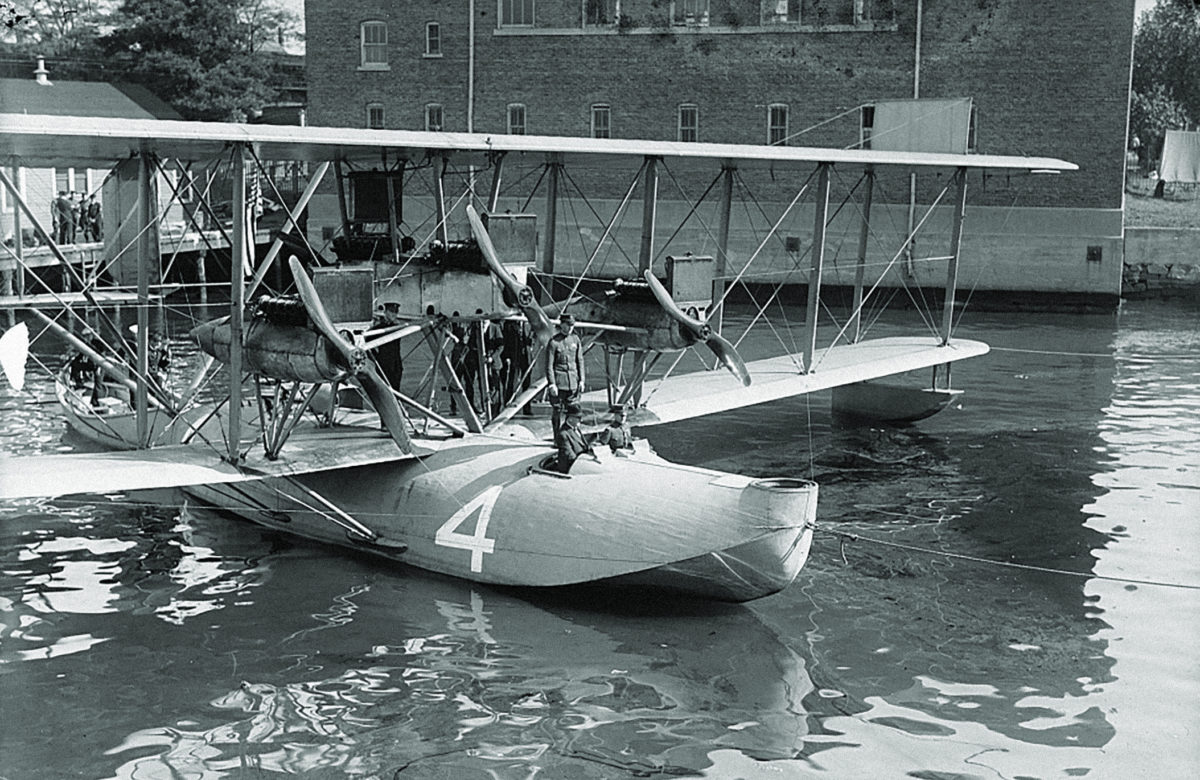The title given by the Library of Congress to this image is simply “Amphibious Aircraft.” But it’s much more (and less) than that. For one thing, the aircraft is not amphibious. It is a seaplane that’s not intended for use on land. And it’s not just any seaplane — it’s the Curtiss NC-4, the first airplane to fly across the Atlantic Ocean.
That happened in May 1919. Three Curtiss boats left their base at Far Rockaway Station, Long Island, on May 8 (a fourth, NC-2, did not make the attempt). They intended to fly north to Halifax, Nova Scotia, continue to Newfoundland, and then make a 1,200-mile hop to the Azores before finishing the transatlantic journey in Lisbon, Portugal. All did not go according to plan, however. NC-4 succumbed to engine trouble and had to limp into Chatham, Massachusetts, for repairs.
Somewhat surprisingly, though, the crew of six managed to return NC-4 to the air and resume the journey. The other two flying boats developed mechanical problems short of the Azores. The crew of NC-3 had to be rescued by ship, while NC-1 finished the trip to the Azores as a non-flying boat. NC-4 made it to Ponta Delgada in the Azores and, after waiting a week for bad weather to lift, made the final leg to Lisbon on May 27, 19 days after leaving Long Island.
Just where this photograph was taken remains something of a mystery. But there’s no doubt about the identity of the aircraft, which today is on display at the National Naval Aviation Museum in Pensacola, Florida.
historynet magazines
Our 9 best-selling history titles feature in-depth storytelling and iconic imagery to engage and inform on the people, the wars, and the events that shaped America and the world.


